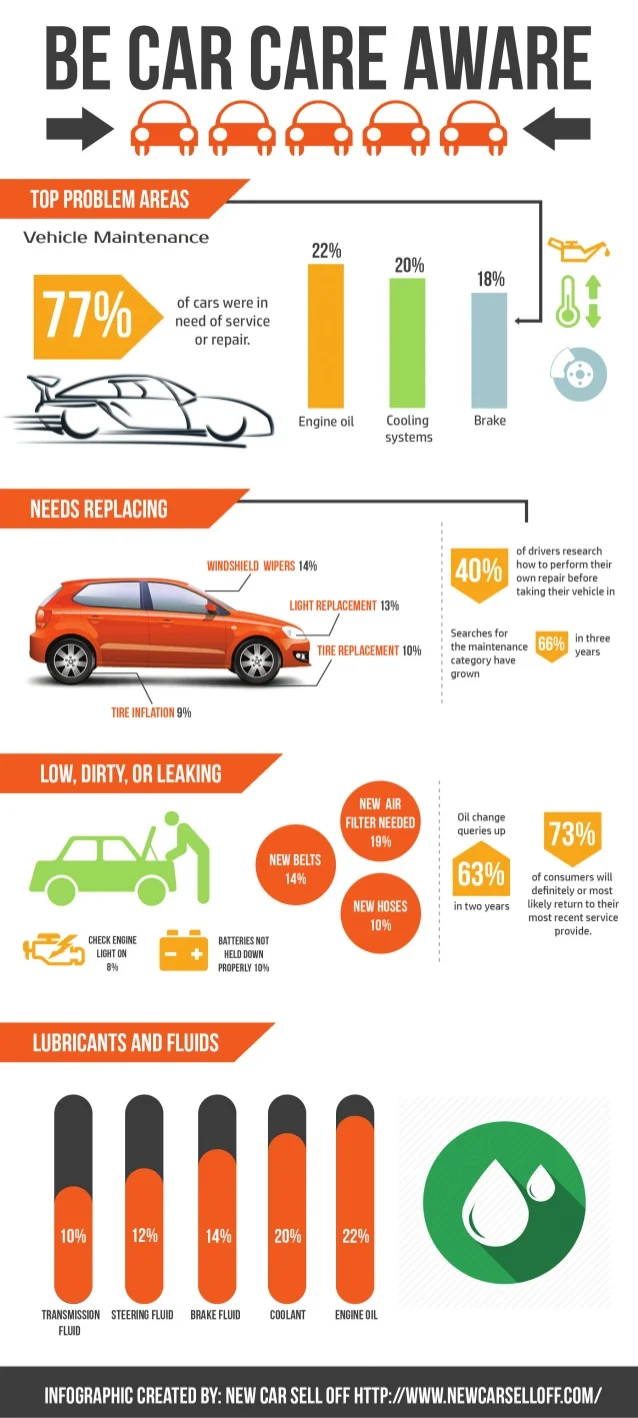A Novice'S Manual For Interpreting Your Automobile'S Alert Lighting
A Novice'S Manual For Interpreting Your Automobile'S Alert Lighting
Blog Article
Personnel Writer-Finley Emery
When you're behind the wheel, those little caution lights on your vehicle's control panel can be quite puzzling. What do they imply, and should you be worried? Understanding ase certified mechanic is crucial for your vehicle's wellness, but it doesn't need to be a daunting job. By decoding the secret behind each light, you'll be outfitted to handle potential problems successfully and maintain your cars and truck running smoothly. So, auto body repair shops near me , don't panic - arm on your own with knowledge and take control of the circumstance.
Importance of Auto Caution Lights
Comprehending the significance of your cars and truck's caution lights is vital for keeping your vehicle's health and safety. These lights act as your automobile's communication system, notifying you to prospective issues that might jeopardize your security on the road or cause costly fixings if neglected. By paying attention to these warnings, you can attend to troubles early and prevent further damage to your automobile.
Neglecting advising lights can cause severe effects, such as engine failing, brake breakdowns, or perhaps crashes. These lights are made to alert you of concerns varying from low tire stress to engine breakdowns, giving you the chance to act before the situation aggravates. Routinely checking and recognizing these cautions can save you time, money, and guarantee your safety while driving.
Along with maintaining you secure, reacting without delay to cautioning lights can likewise help extend the lifespan of your automobile. By resolving issues at an early stage, you can avoid small troubles from rising right into significant repair work, eventually conserving you money and time in the future. Remember, your auto's warning lights are there for a reason - do not neglect them!
Common Caution Lighting and Meanings
When it involves driving your auto, knowing common caution lights and their meanings is crucial for your security and car upkeep. Below are a couple of usual warning lights you might encounter:
1. ** Check Engine Light **: This light suggests a problem with your engine. Maybe something minor like a loose gas cap or something a lot more severe like engine misfiring.
2. ** Battery Light **: This light signals a problem with your vehicle's charging system. It might suggest a faulty battery, generator, or various other related components.
3. ** Oil Stress Light **: When this light comes on, it implies your engine may be running low on oil or experiencing reduced oil stress, which can cause engine damage if not attended to promptly.
4. ** Brake System Light **: This light indicates an issue with your stopping system. It might imply reduced brake liquid degrees or an issue with the brake system that requires immediate interest.
Recognizing these common warning lights will help you identify potential concerns early on and protect against more considerable issues in the future.
How to React To Caution Lights
In the event that a caution light brightens on your automobile's dashboard, it's crucial to respond promptly and suitably. When a caution light begins, the very first step is to consult your owner's guidebook to recognize the certain concern suggested by the light.
Some lights require instant focus, while others might suggest a less urgent issue. If the caution light is red or blinking, it's normally an indicator of a severe trouble that requires instant activity. In such situations, it's suggested to pull over safely, turn off the engine, and look for expert aid.
For yellow or orange caution lights, while they may not require instant interest, it's still essential to deal with the underlying concern immediately to stop further damage. Regular upkeep and evaluation can assist stop warning lights from coming on all of a sudden.
Conclusion
To conclude, comprehending your vehicle's warning lights is vital for maintaining your vehicle's health and wellness. By regularly inspecting and replying to these cautions, you can address prospective concerns early and avoid costly repair work or security threats. Keep in mind to consult your owner's handbook for details on different caution lights and always take immediate activity for red or blinking lights. Keep aggressive and maintain your car running smoothly!
